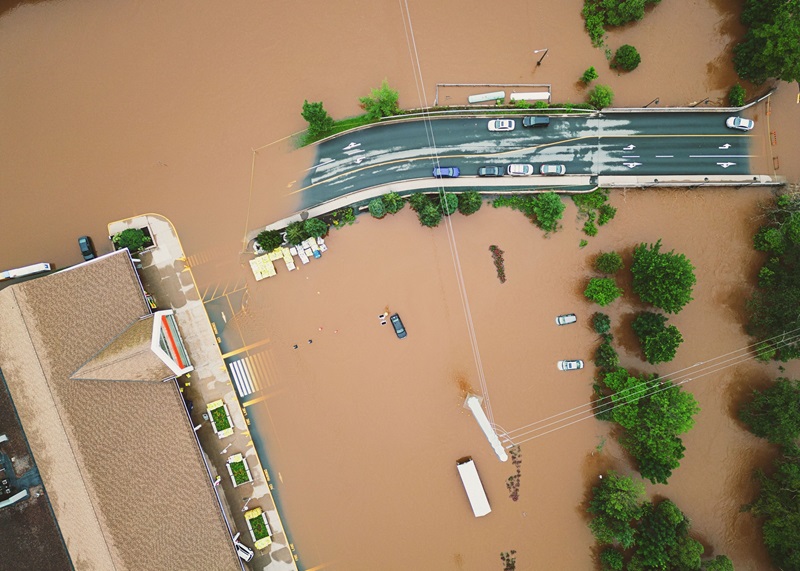Feds award industry firm flood hazard contract

Flood risk intelligence firm Fathom, a part of Swiss Re, and catastrophe model developer Aon Impact Forecasting have been awarded a contract by Public Safety Canada to enhance the federal government’s understanding of flood hazard across the country.
As part of the contract, Fathom will provide the Government of Canada with a flood hazard dataset that depicts flood extents and depths for a number of return periods, flood-generating mechanisms and climate change scenarios, Fathom says in a press release.
Canadian Underwriter reached out to Fathom for more details about what is meant by flood extents and depths and flood-generating mechanisms.
The one-year contract includes providing maps of flood hazard across all of Canada that were produced by simulating flood events using hydrodynamic (flood inundation) models, says James Savage, principal hydraulic model developer at Fathom.
These maps show to what depth and extent a given area would flood for all locations across the country for a range of different flood events.
“By flood extents, we mean how far a flood would spread for events of different severity, i.e., how big a one in 10-year or one in 200-year event would be, and where would be flooded if either of these were to occur anywhere in Canada,” Savage says.
“By including a range of flood event severities, it allows important distinctions to be made between the impacts of both smaller (i.e., one in 10-year) and larger (i.e., one in 200-year) floods.”
Fathom also provides both defended and undefended views of flood risk to help understand the additional protection that defences provide.
Flood variations
Flood-generating mechanisms are the type of flood event that is occurring, Savage explains. Fathom currently models flood impacts from three types of flooding: riverine (fluvial), surface water/flash flooding (pluvial) and storm surge (coastal).
“Depending on the type of flood-generating mechanism that is occurring, resulting areas at risk of flooding can differ significantly, so it is important to represent these different types of flood events,” he says.
Fathom has also been asked to supply forward-looking projections of how that hazard would change under different climate scenarios in the future.
“These are being provided for multiple time horizons out to 2100 under both relatively optimistic and pessimistic climate projections,” Savage says. “Our flood model, to use layman’s terms, should prove helpful to public officials in their decision-making.
“It’s reassuring to see the Canadian government is accessing the best flood hazard view on the market — particularly on flood, as it’s a peril all Canadians face.”
Flooding is the most common and costly natural hazard in Canada, Fathom says in the release. It causes billions in direct damage to dwellings, property and infrastructure, affecting thousands of Canadians each year.
And with the frequency and severity of natural disasters expected to increase under climate change, Public Safety Canada initiated an open procurement process to licence flood hazard information for all of Canada.
“Following on its leading role in establishing a robust flood insurance market and contributing to the review of the DFAA [Disaster Financial Assistance Arrangements] program, I’m delighted Swiss Re continues to play its part to put comprehensive flood risk information into the hands of the Government of Canada,” says Veronica Scotti, chairperson of public sector solutions at Swiss Re.
The contract announcement comes as the federal government prepares to launch Canada’s National Flood Insurance Program. Canada’s P&C insurance industry and the federal government are working to “rapidly scale and start delivering the program in 2025,” IBC president and CEO Celyeste Power reported in April.
The program will provide access to affordable insurance to more than 1.5 million homeowners at high risk of flooding.
Feature image by iStock.com/shaunl







